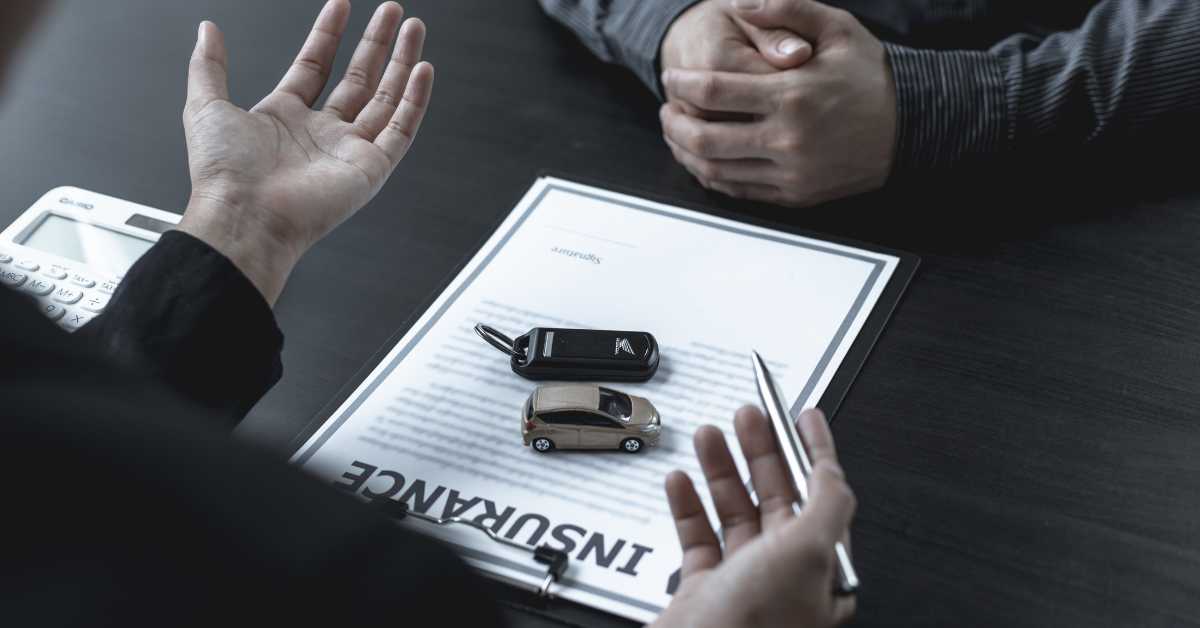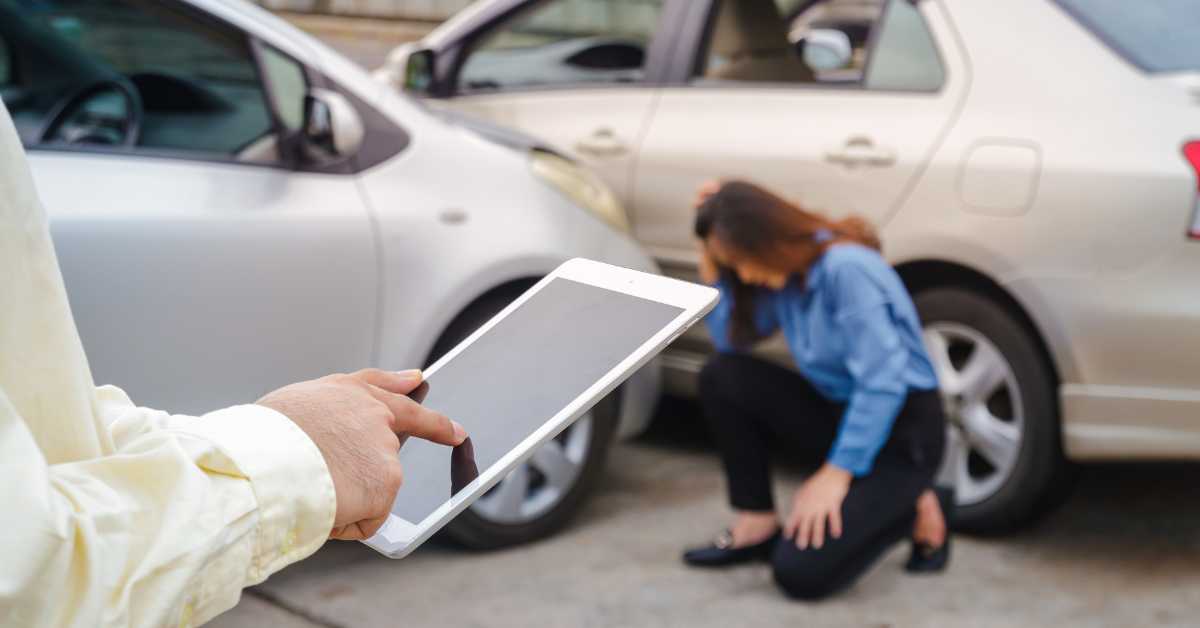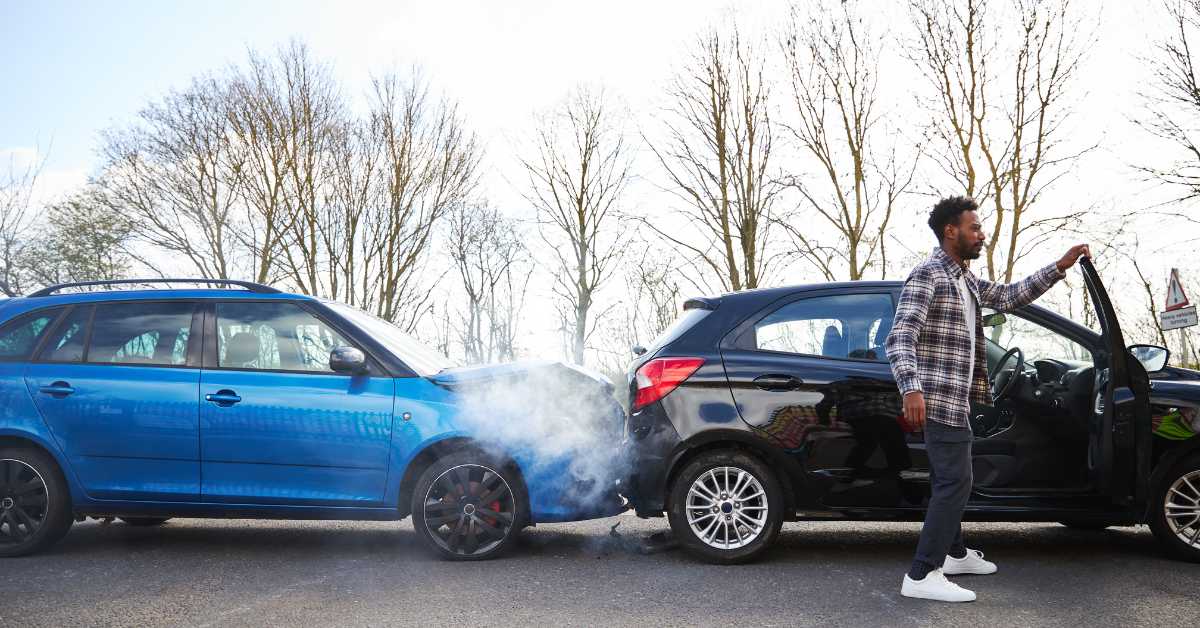
Taking an Uber or Lyft to get from Point A to Point B is the ultimate form of modern-day convenience, and most drivers have a stellar reputation for safety. But what happens if a driver gets in an accident while you’re in the car? Who covers the cost of your injuries?
The answer depends on several factors, including which driver was at fault. This article provides insights into how to handle this unfortunate situation.
Who Pays for Your Injuries?
Uber and Lyft are relative newcomers to the transportation industry, and they’ve had to iron out more than a few kinks as they work on perfecting a system that keeps both their drivers and passengers safe.
For example, drivers have a duty of carrying their own insurance, but they historically ran into trouble when they tried to file a claim for an accident they had while transporting a passenger. It turned out that claims would be denied because their individual policies didn’t cover commercial activities, leaving countless passengers (and drivers) high and dry.
Since then, some insurance policies have evolved to cover Uber and Lyft drivers while on the job. Further, both Uber and Lyft have commercial policies that may apply in limited situations. And finally, the other driver could be responsible if they caused the accident. The good news is that you have potential recourse from multiple parties.
The Short Answer: It Depends on Who’s at Fault
Who is financially liable for the damages you incur? Below, we outline the various scenarios that could apply when you’re a passenger in an Uber or Lyft and explain who is mostly likely to pay the bill.
1. The Uber or Lyft driver is at fault: In most situations, Uber or Lyft’s commercial coverage will apply as long as the driver had the app turned on and was in the act of transporting you, the passenger. However, if the driver has not turned on the app, then the ability to seek damages could be limited by the driver’s individual policy.
2. The other driver is at fault: When the other driver caused the accident, the incident will be treated like most other collisions. You will seek damages from the other driver’s insurance company. Because there are now at least two injured parties (you and the Uber/Lyft driver), there could be the challenge of the damages exceeding the driver’s policy limits.
3. Uber or Lyft acted negligently: If the accident is caused by an Uber or Lyft driver who was intoxicated or driving recklessly, the corporation could be liable for negligent hiring, training, or monitoring practices. An experienced personal injury attorney may explore this avenue after learning more about the circumstances of the accident.
Best Practices After an Uber or Lyft Accident
There is some overlap between what should be done after a regular passenger vehicle accident and what to do after an accident in a ridesharing vehicle. In general, take the following steps in this order:
1. Make sure everyone is okay and get people safely off the road.
2. Remove any vehicles or debris from oncoming traffic if it is safe to do so.
3. Collect everyone’s information. Make sure you have your driver’s information as well, whether you believe they are at fault or not. You may have information in the app, but be sure to ask to see their driver’s license and insurance information, and take note of their license plate.
4. Contact the authorities.
5. Gather evidence through smartphone pictures and witness statements.
6. Visit a doctor to have your injuries evaluated.
7. Contact an Uber or Lyft attorney to discuss your case.
Contact Attorney Bryan Garrett for a Free Consultation
All accidents are stressful and have the potential to cause catastrophic injuries. When the accident occurs in a ridesharing vehicle, it can add a layer of complexity that is challenging to deal with. To ensure your rights are protected as an innocent passenger, contact Bryan Garrett PLLC for a free consultation at (405) 358-2342.


